Battling the Varroa Mite: Understanding It's Impact on the Honey Bee Colonies
The varroa mite is an external parasitic mite which directly attacks the honey bee.
Varroosis is the disease which these mites typically leave behind when they do come into contact with the honey bee.
So, how does this actually affect the bee? Is it harmful to the honey bee?
Can it kill or otherwise adversely affect or harm the honey bee?
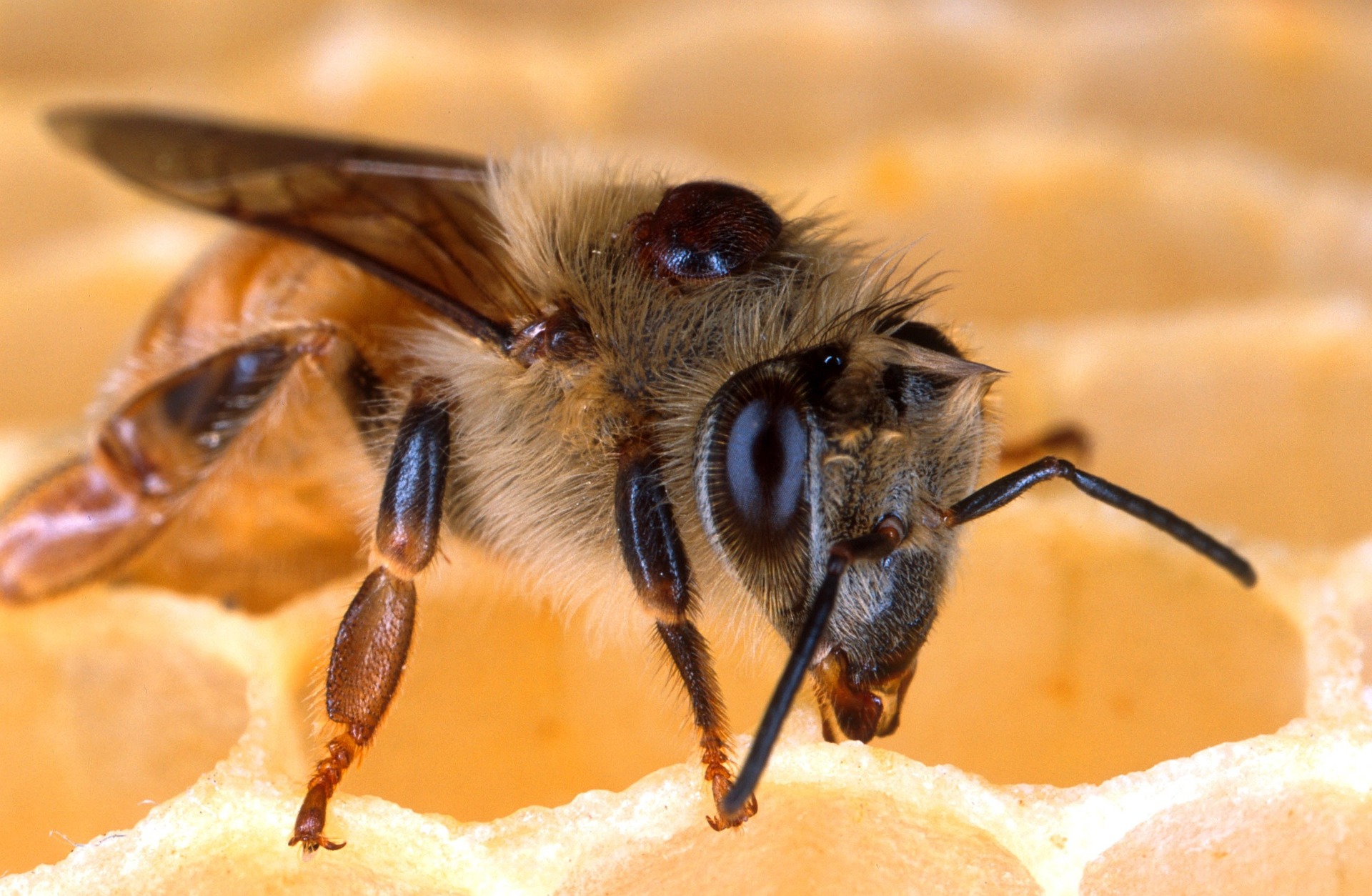
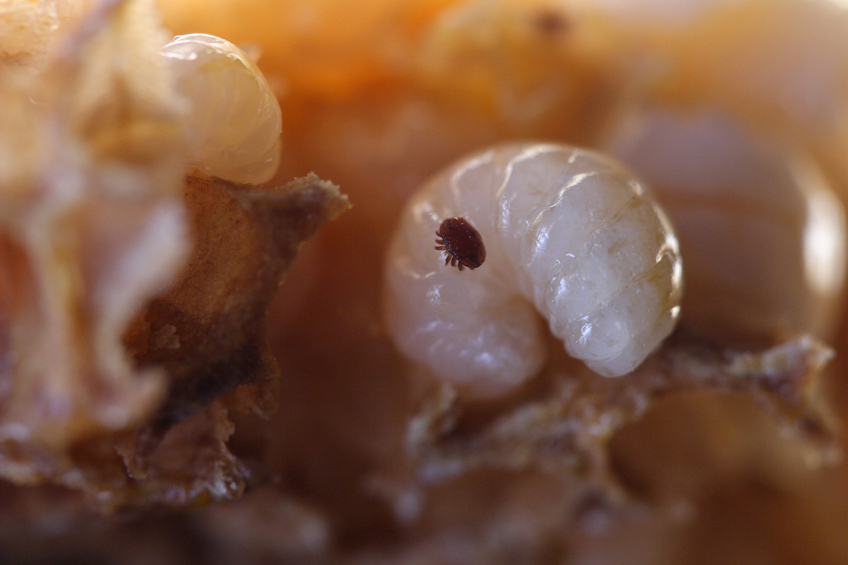 |
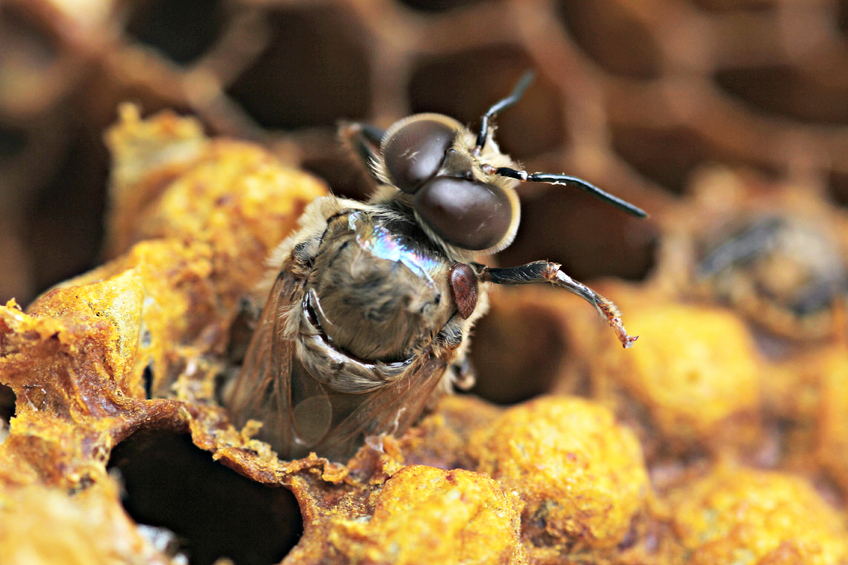 |
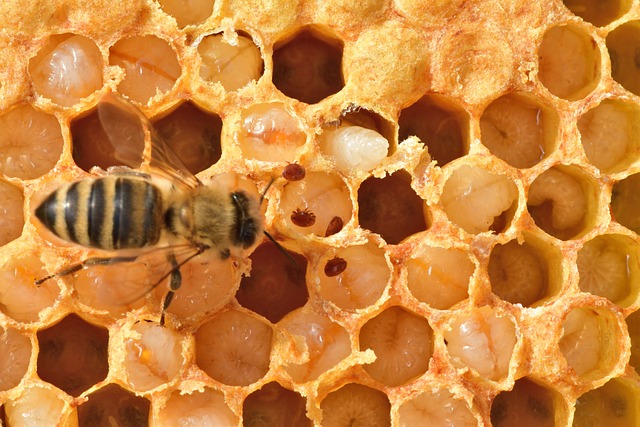 |
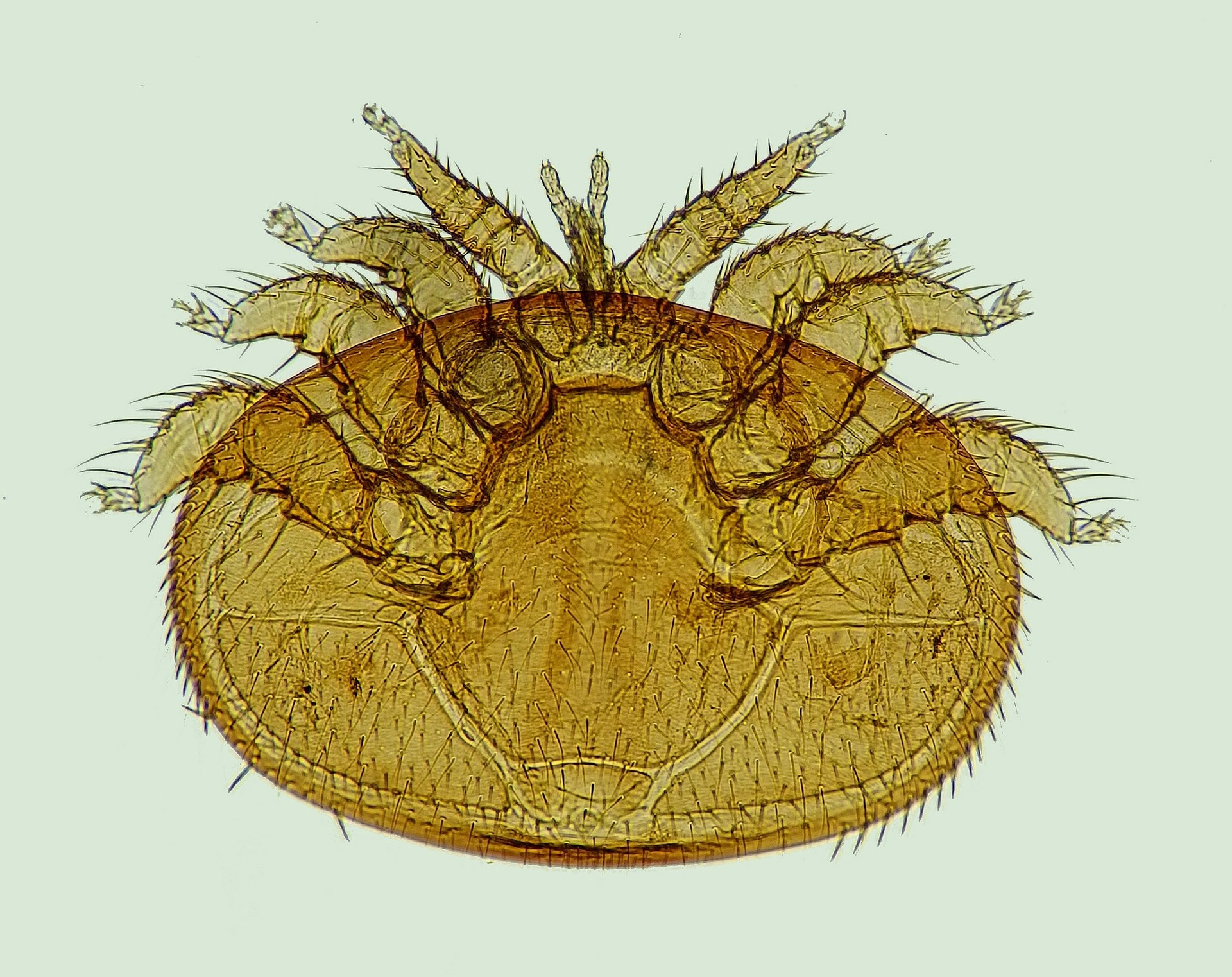 |
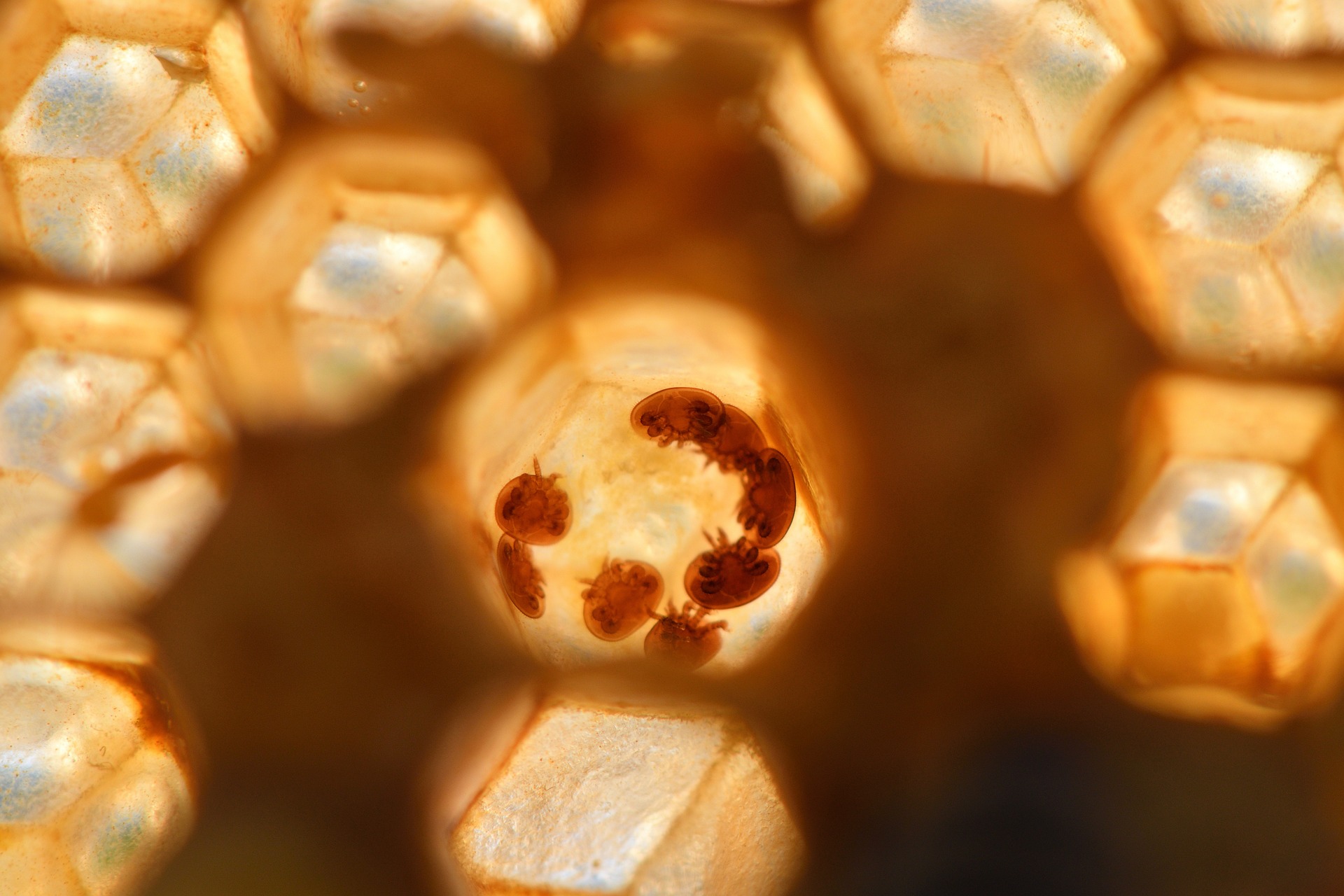 |
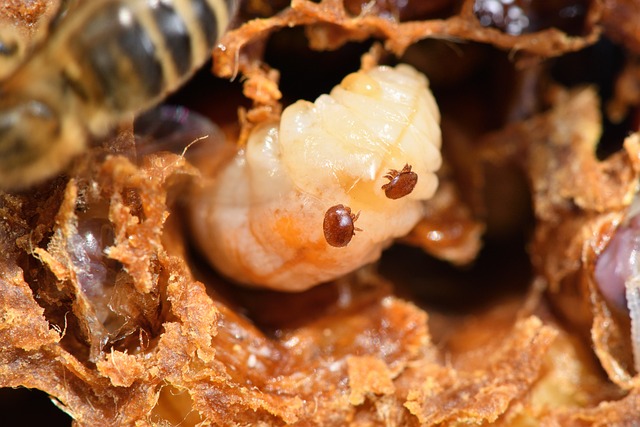 |
The Varroa Mite's Impact on Honey Bees
The varroa mite is dangerous to the honey bee if it does attack it.
The reason being is that the mite directly attaches to the bee's body, larva and causes it, as well as all of its cells, organs, and reproductive cells to begin deteriorating.
The mite can only reproduce in the bee's honey colony/hive, which is one of the main reasons why it choose to attack this bee, as opposed to other insects, pests, or mites.
It weakens the bee's body by sucking out the, hemolymph.
It is quite possible that a major attack of the mite to the bee's colony can completely kill off the entire hive or colony which it does attack and latch on to.
For this reason, as a beekeeper or owner, it is important to know what can be done to avoid this thwart or attack on the hive.
When attacking the bees, these mites leave behind open wounds, they suck out the bee's blood, and transmit a number of diseases and viruses.
Over which time this can obviously kill one bee, and if the mite becomes plentiful (they typically reproduce on a ten day cycle) can lead to them killing out an entire colony of honey bees.
In fact, the mite is the most dangerous and biggest threat for beekeepers who are trying to maintain a colony and wish to produce honey in plentiful quantities when maintaining their colony of bees.
So, what if any, are the preventive measures you can take as a beekeeper.
Are there any ways in which you can ward off an attack?
Luckily the answer to the question is yes, and you can take a few different approaches in an effort to protect the colony and to protect the bees which you are trying to maintain.
For starters, there are chemical agents you can use which will keep these mites away.
Miticides are readily available at any local beekeeping shop, which can help kill and keep the mite away.
Synthetic chemicals are also used but not recommended, as are naturally occurring treatments (such as essential oils, formic acid, bee sugar powder dusting spring and fall etc).
There are also physical barriers beekeepers can use (including screened sticky board method, the heating method or limited drone method).
Although the varroa mite is detrimental to beekeeping, and is the number one killer of the honey bee and a colony, there are ways in which a beekeeper can go about protecting their hive.
These are a few basics pertaining to the mite, how it is going to be detrimental to your colony, and some of the different approaches which can be taken, to kill them off, control amounts or completely keep them away from the hive in general.
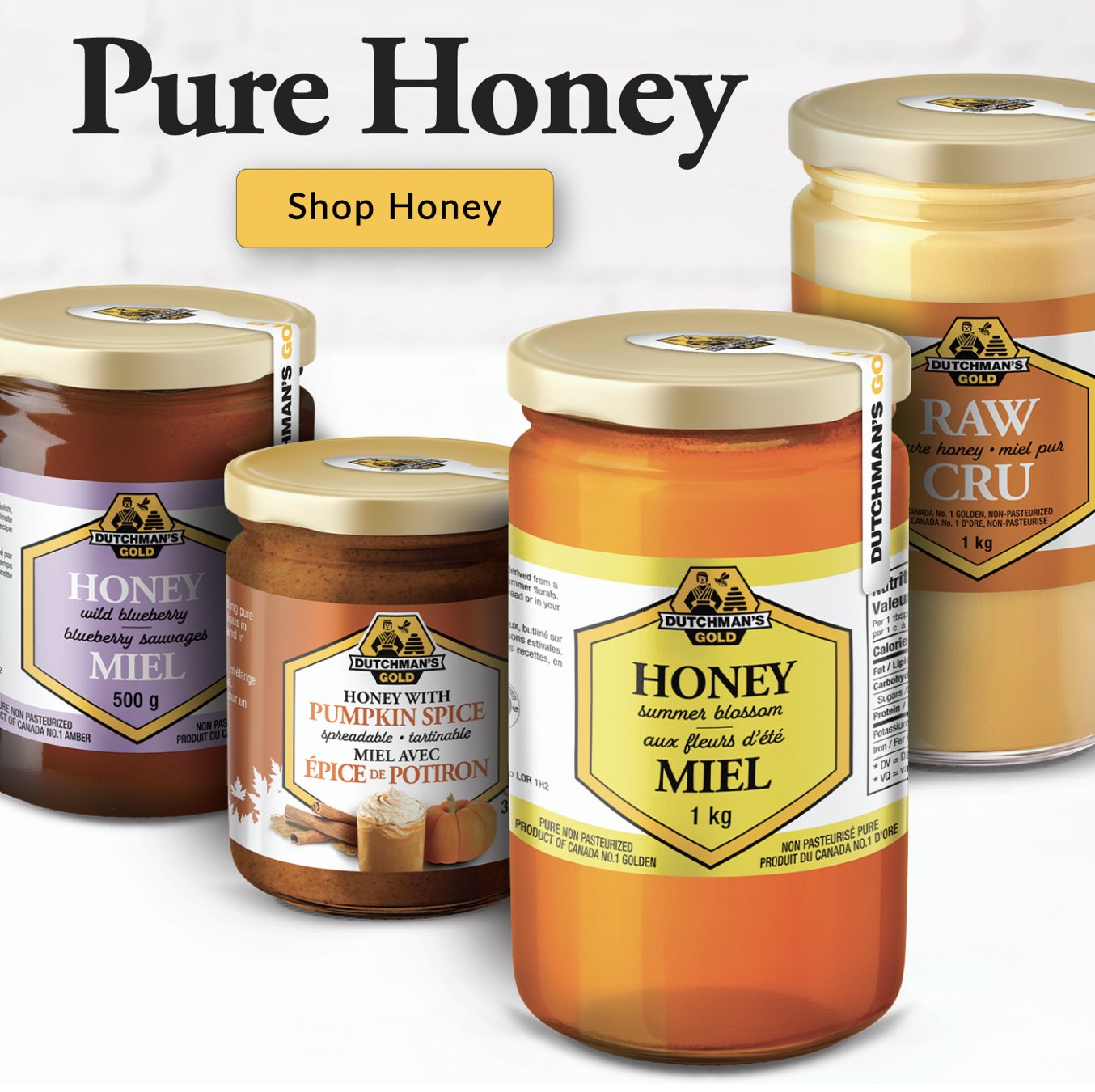

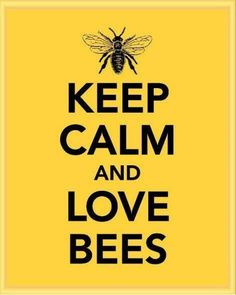
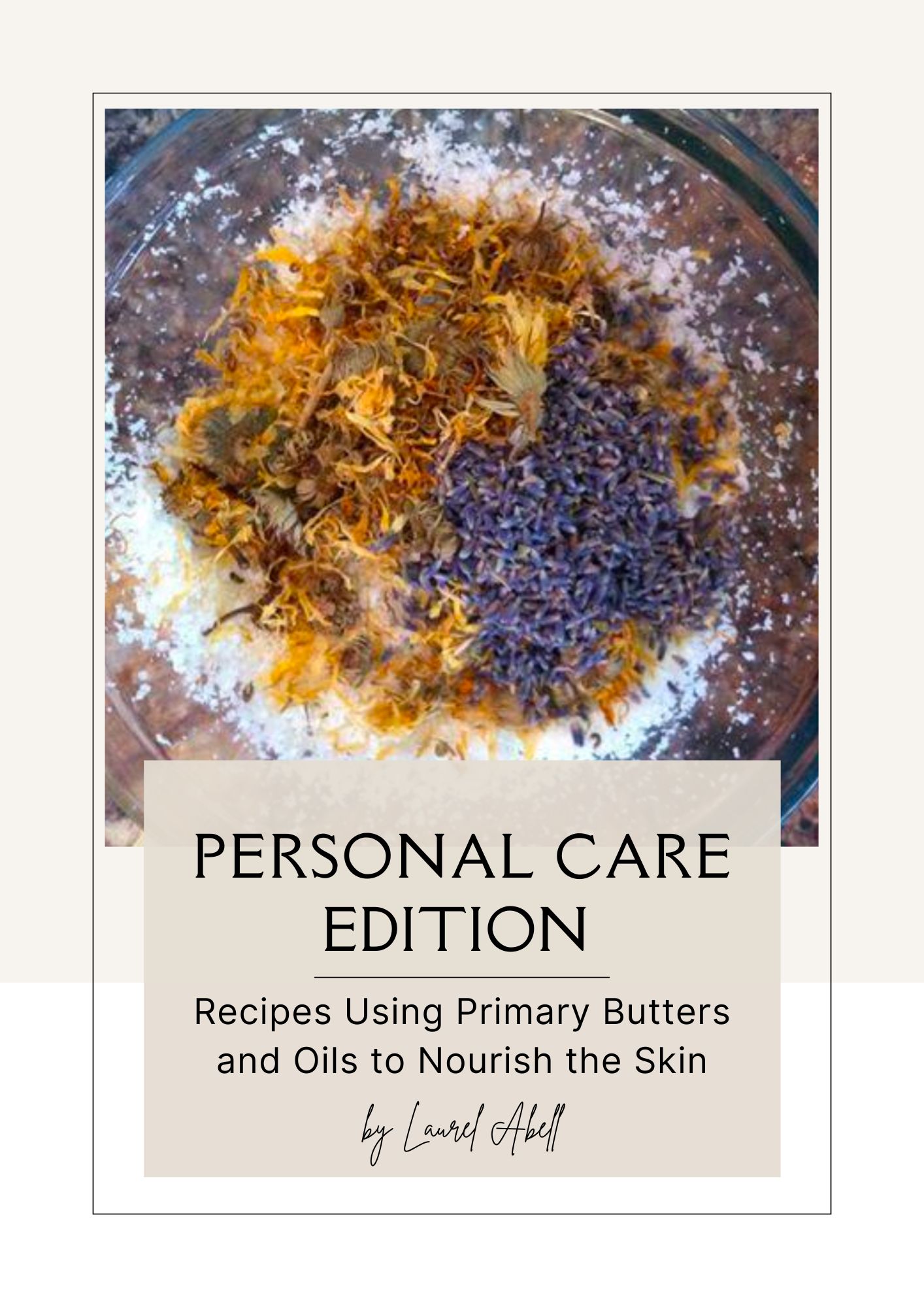
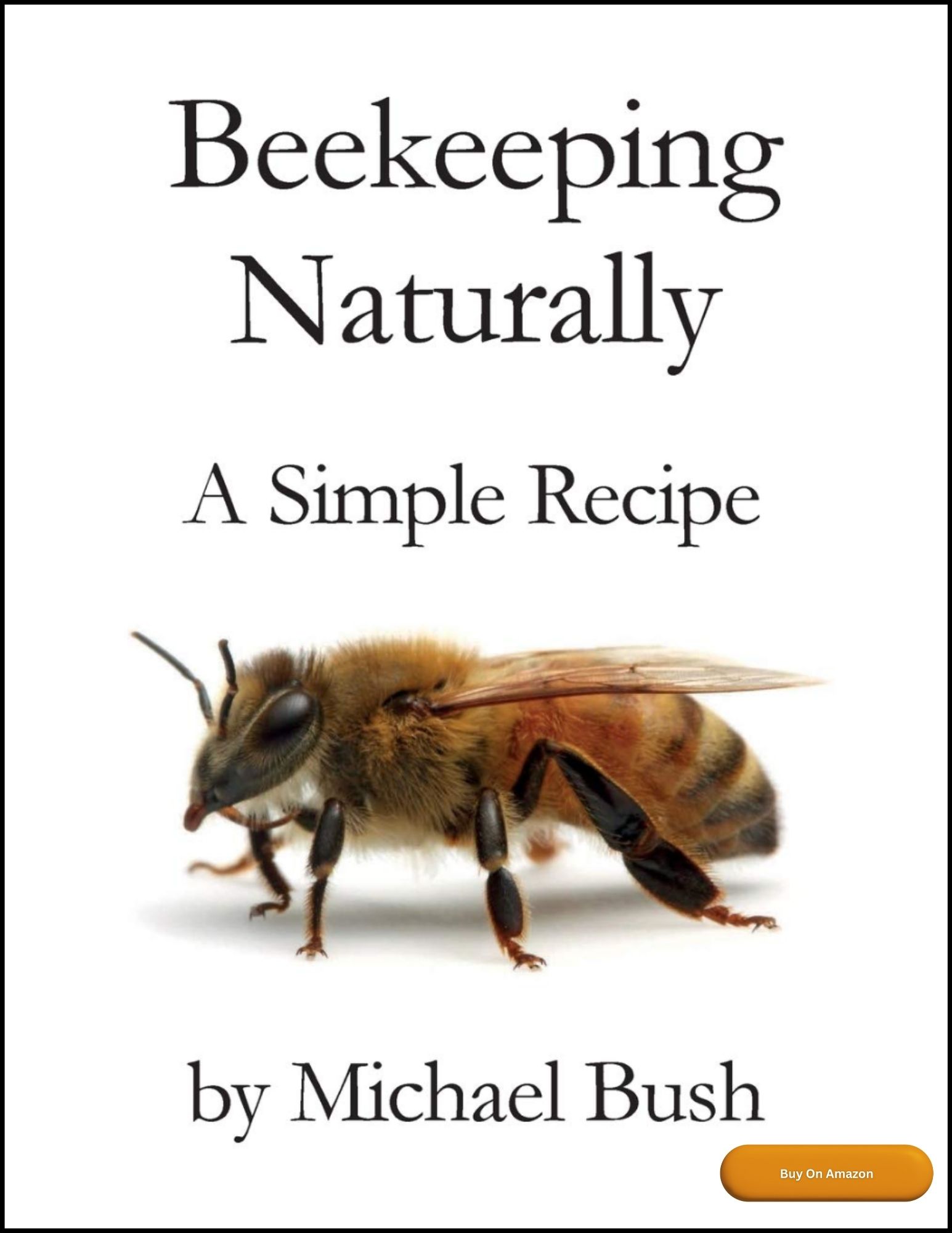
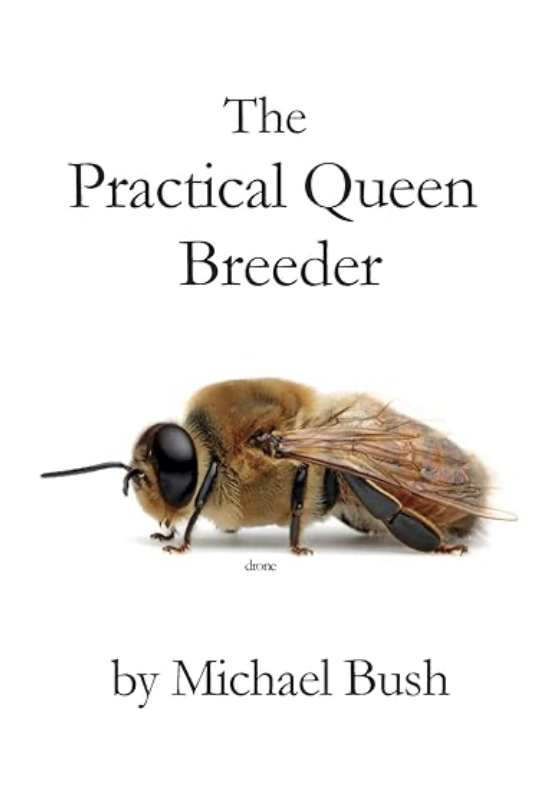

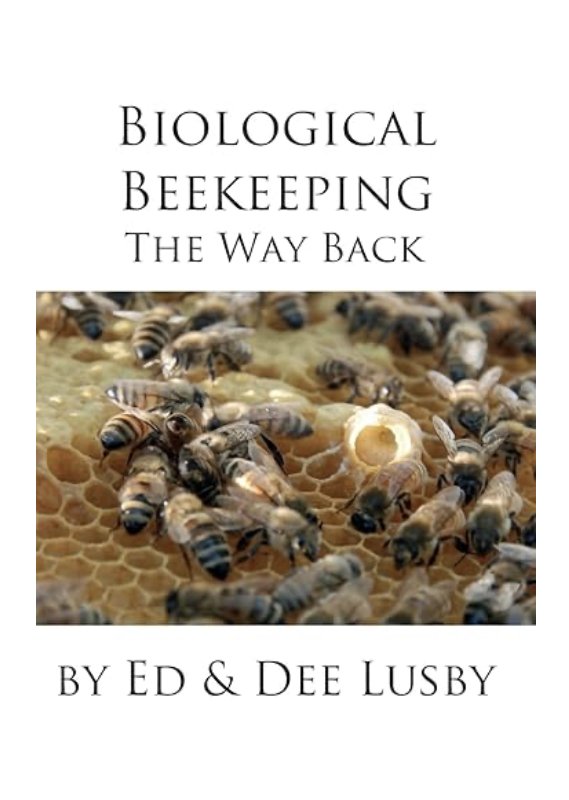

New! Comments
Have your say about what you just read! Leave me a comment in the box below.